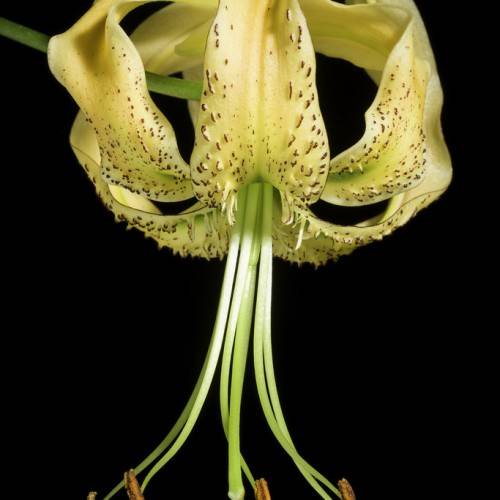
trumpet lily
Lilium henryi var. citrinum
Cycle:
Perennial
Watering:
Average
Hardiness Zone:
5 - 8
Flowers:
Flowers
Sun:
Full sun,part shade
Leaf:
Yes
Growth Rate:
High
Maintenance:
Low
Drought Tolerant:
Yes
Salt Tolerant:
Yes
Care Level:
Medium
watering
Trumpet lily requires moderate watering. It should be watered approximately once or twice a week, depending on your local climate and the soil conditions. When watering, aim to thoroughly moisten the entire root zone. Allow the soil to dry out slightly between waterings. It is better to underwater than overwater.
sunlight
Trumpet lilies prefer full sun and will thrive in areas that receive 6 or more hours of direct sunlight each day. They perform best on more fertile soils with ample organic matter that are well drained. They will also tolerate partial sun, and can even thrive in partially shaded areas, but will need supplemental lighting to thrive. Plant them in an area that receives morning sun with some shade in the afternoon. This will give them the most exposure to the sun throughout the day.
pruning
Trumpet lilies, also known as Lilium henryi var. citrinum, can be pruned twice a year. In the spring, plants should be pruned back to their desired height and shape, removing any dead or damaged leaves or stems. In the fall, pruning should be limited to removing any dead or diseased foliage, as well as any faded, brown, or dried flower heads. This will help promote healthy, robust growth in the spring.
